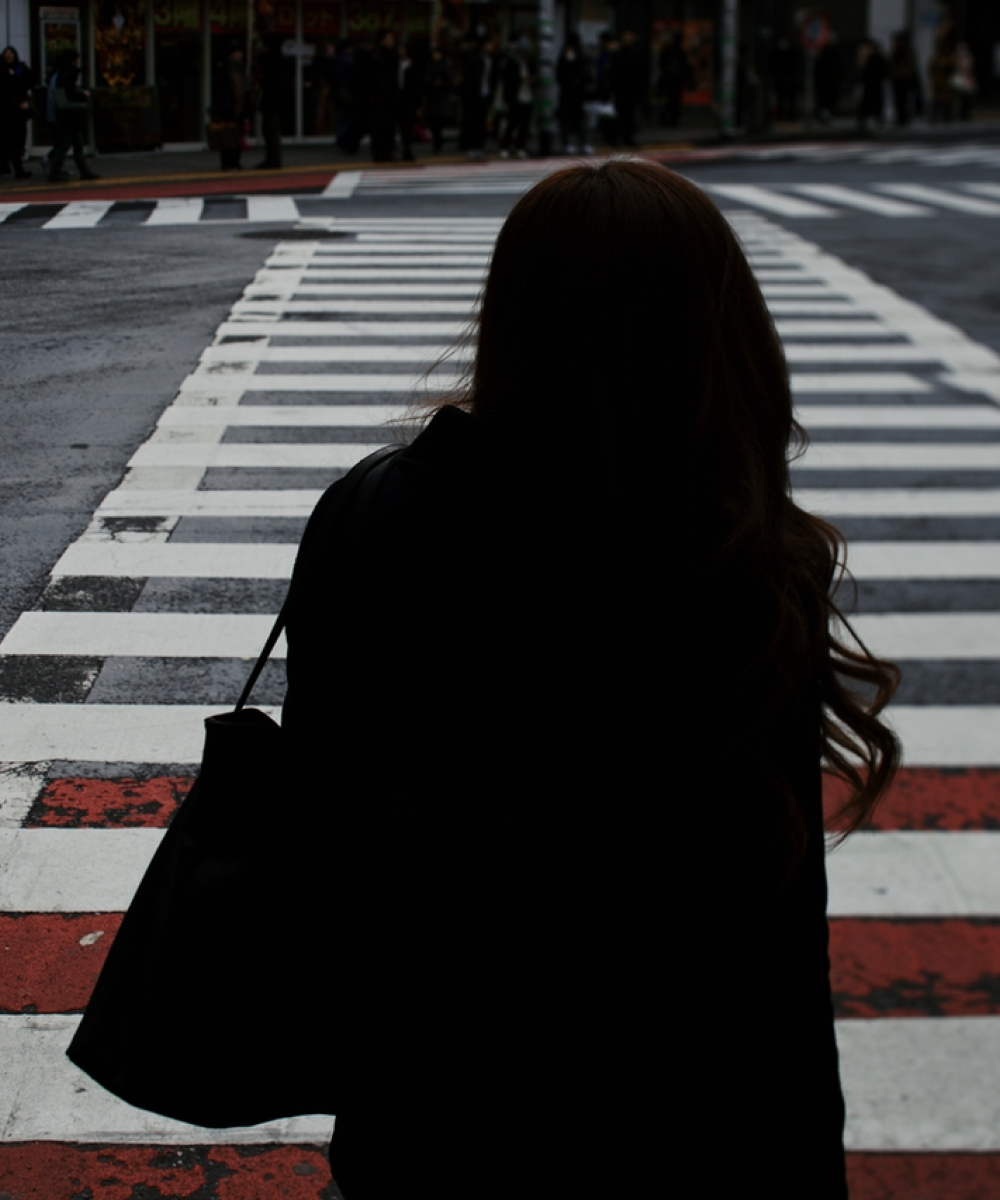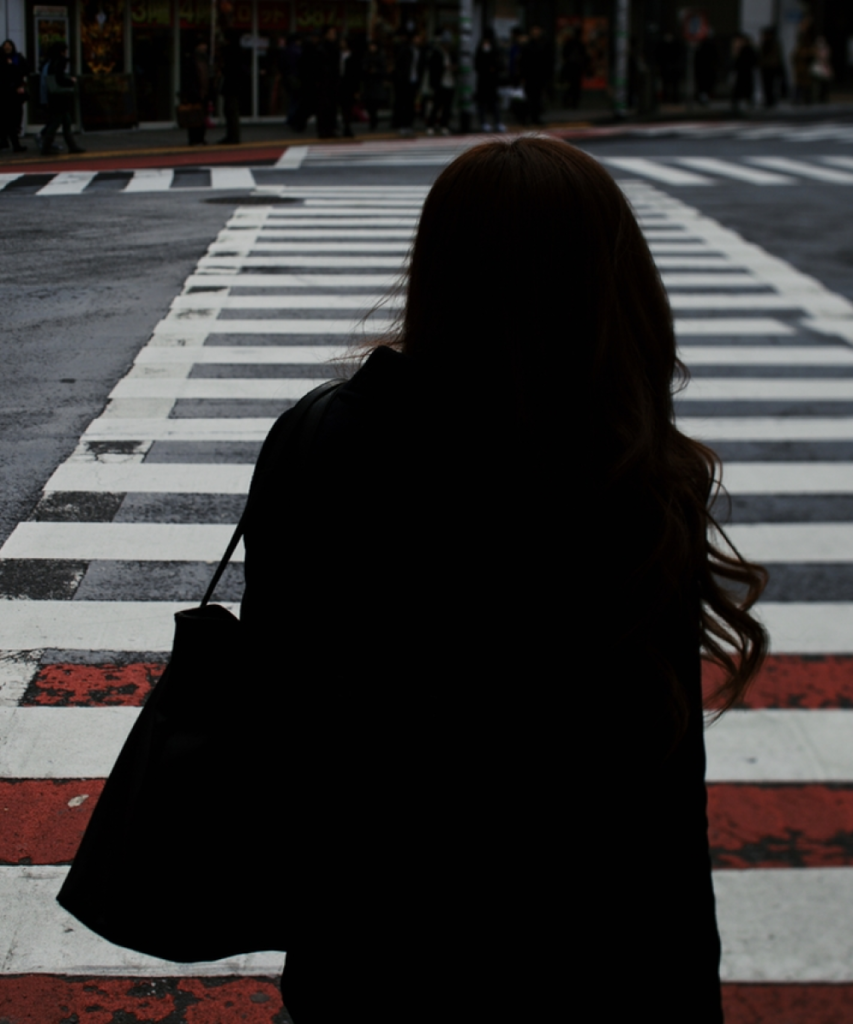
Life can be busy, especially when trying to transition between work and leisure time. Being out of the house for long periods of time during the day, you can have many things to carry with you. Phone, wallet, charger, laptop, makeup, stationery items, food, water bottle — are all shoved in one bag. Especially for commuters, carrying a tote with you at all times can be exhausting. Shoulder pain can arise simply from carrying a heavy purse around all day. Not only can this cause shoulder aches, but it can also cause neck and back pain, as well as headaches.
Side Effects of Single Shoulder Toting
There can be harsh side effects from carrying your purse improperly. Carrying a bag that is too heavy can eventually cause your shoulders to become uneven — yikes! With a heavy tote on one arm or shoulder, the working shoulder becomes elevated, which in turn causes your balance and spine to become disproportioned. In women with frail bones, this could lead to scoliosis (a curved spine) or kyphosis (a hunched back). [1]
Why Do You Experience These Pains?
By going from work to the store, gym, or apartment — you could be damaging your body without realizing it simply by carrying a heavy bag. Numbness in your hand and headaches are a few side effects from transporting a weighty shoulder bag. The area of the shoulder contains nerves that extend through the arm. By using a purse, the strap applies pressure to that area and can cause nerve microtrauma. [2] An extensive amount of pressure, such as a heavy purse, can cause the spine to bend sideways towards the area of weight. This can cause the spine to come out of alignment since it is designed to only bend forwards and backward.
The Right Way to Carry Your Bag
Fortunately, there are several ways this problem can be solved. First, get in the habit of switching your purse from shoulder to shoulder. Carrying your bag on one shoulder all the time can create too much stress on your body. This can lead to discomfort and it can even cause tension headaches. Especially when most of us are spending hours of the day sitting at a desk with probably not the best posture.
The best way to carry your bag is by using the top handle. This will improve your posture as well as your grip strength. Your shoulders are not being pulled forward with this method, thus relieving back and shoulder pain. [3]
Oddly, it is less damaging to carry your purse on the shoulder rather than using the corner of your elbow. According to Dr. Martin Lanoff, a rehabilitation and physical medicine specialist, holding a bag using the elbow can lead to tendonitis. When wearing a cross-body purse, pull your shoulders back to prevent pain later.
